Lithium Evaporation Material Description
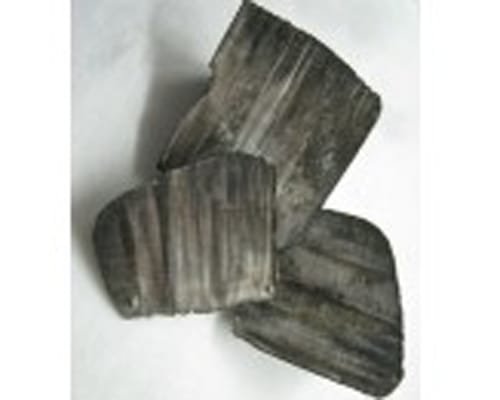
Lithium Evaporation Material Specification
| Material Type | Lithium |
| Symbol | Li |
| Color/Appearance | Silvery White |
| Melting Point | 180.54°C |
| Boiling Point | 1342°C |
| Density | 0.534 g/cm3 |
| Thermal Conductivity | 0.848 W/cm/K @ 298-C.2 K |
| Synonyms | Li Pellets, Li Pieces, Li Evaporation Pellet, Lithium Pellets, Lithium Pieces, Lithium Evaporation Pellet |
Lithium Evaporation Material Application
Lithium Evaporation Material Packaging
We carefully manage our lithium evaporation materials to prevent any damage during storage and transportation, ensuring that their quality and original condition are maintained.
Ordering Table
| Material | Size | Quantity | Purity | Part Number |
| Lithium | Approx 1/4" x 1/4" Pieces | 25 g | 99.9% | EVMLI30QXQ-A |
| Lithium | Approx 1/8" x 1/8" Pieces | 25 g | 99.9% | EVMLI30EXE-A |
| Lithium | Approx 1/8" x 1/8" Pieces | 100 g | 99.9% | EVMLI30EXE-D |

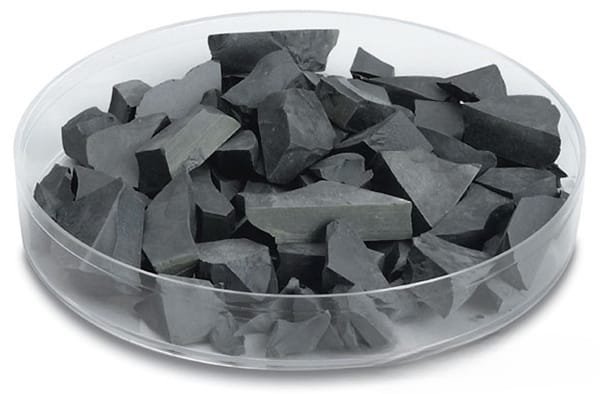
 MSDS File
MSDS File
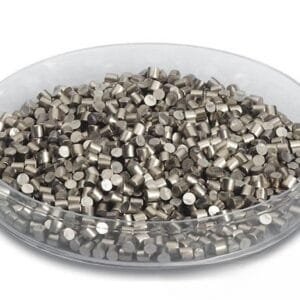
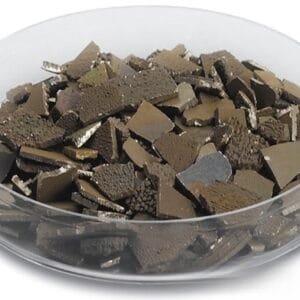
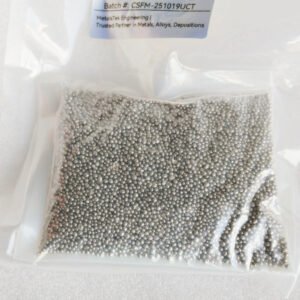
Reviews
There are no reviews yet.